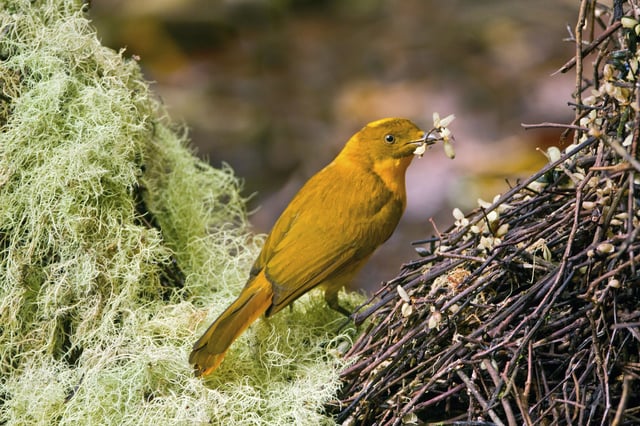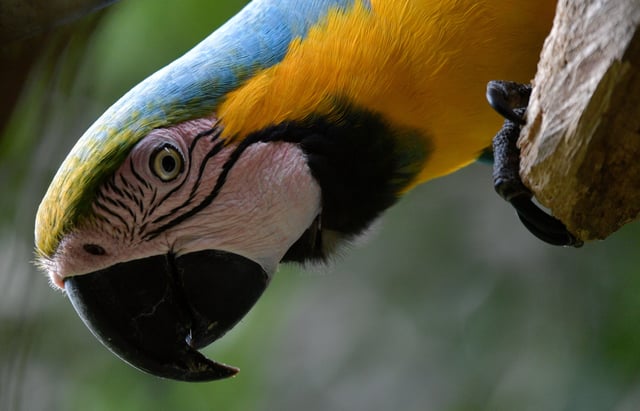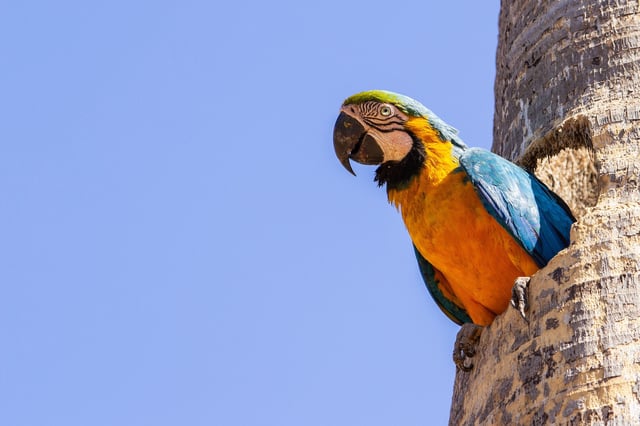Overview
- The peer-reviewed study published in Nature Ecology & Evolution attributes 25–38 percent declines in tropical land-bird abundance from 1950 to 2020 to intensifying human-driven heat extremes.
- Researchers matched data from over 3,000 bird populations and 90,000 observations with ERA5 climate records to isolate the impacts of extreme-heat days rising from about three to 30 annually.
- In the tropics, heat extremes were identified as the primary driver of declines, causing direct mortality through hyperthermia and dehydration and reducing breeding success via sublethal stress.
- Field data from Amazon and Panama rainforests show some species experiencing more than 50 percent losses in largely undisturbed areas, underscoring the limits of habitat protection alone.
- Study authors and external experts call for urgent emissions cuts, expanded long-term biodiversity monitoring, targeted heat-adaptation strategies and addressing geographic data gaps.



